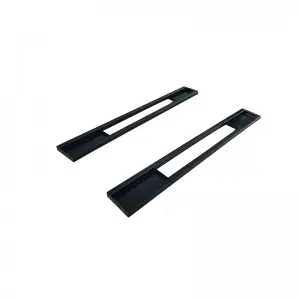Cylinders are essential components found in various industries, from automotive to manufacturing to aerospace. These cylindrical structures play a crucial role in converting energy into mechanical force, making them indispensable in a wide array of applications.

Understanding the Uses and Functions of Cylinders in Various Industries
One of the most common uses of cylinders is in the automotive industry. Hydraulic cylinders, for example, are used in braking systems to convert hydraulic pressure into mechanical force, allowing vehicles to stop effectively. Additionally, cylinders are also used in engine components, such as the pistons in combustion engines, which help convert fuel into motion.
In the manufacturing sector, cylinders are widely used in hydraulic and pneumatic systems. Pneumatic cylinders, which use air pressure to create motion, are often used in assembly lines to move and manipulate components with precision and efficiency. Hydraulic cylinders, on the other hand, are used in heavy machinery to lift and move heavy loads, making them essential in industries such as construction and mining.
Aerospace is another industry where cylinders play a vital role. Aircraft rely on hydraulic cylinders for various functions, such as controlling landing gear, flaps, and rudders. These cylinders are designed to operate in extreme conditions, including high altitudes and temperature variations, ensuring the safety and efficiency of air travel.
In the field of robotics, cylinders are used in robotic arms and actuators to provide precise and controlled motion. These cylinders can be electric, hydraulic, or pneumatic, depending on the specific requirements of the robotic application. By incorporating cylinders into robotic systems, engineers can design robots that can perform complex tasks with speed and accuracy.
Medical equipment also relies on cylinders for various functions. For example, pneumatic cylinders are used in ventilators to control airflow and pressure, ensuring that patients receive the necessary oxygen levels. Additionally, hydraulic cylinders are used in medical chairs and tables to adjust the height and position of patients, providing comfort and accessibility during medical procedures.

Understanding the Uses and Functions of Cylinders in Various Industries
In the construction industry, cylinders are used in equipment such as cranes, bulldozers, and excavators. Hydraulic cylinders power the lifting and digging mechanisms of these machines, enabling them to perform heavy-duty tasks with ease. Without cylinders, these construction vehicles would not be able to operate efficiently, slowing down construction projects and increasing costs.

Understanding the Uses and Functions of Cylinders in Various Industries
Overall, cylinders are versatile components that are essential in various industries for converting energy into mechanical force. Whether in automotive, manufacturing, aerospace, robotics, medical, or construction applications, cylinders play a crucial role in ensuring the smooth operation of machinery and equipment. Understanding the uses and functions of cylinders is essential for engineers, designers, and technicians working in these industries to optimize performance and efficiency.quickjack portable car lift


